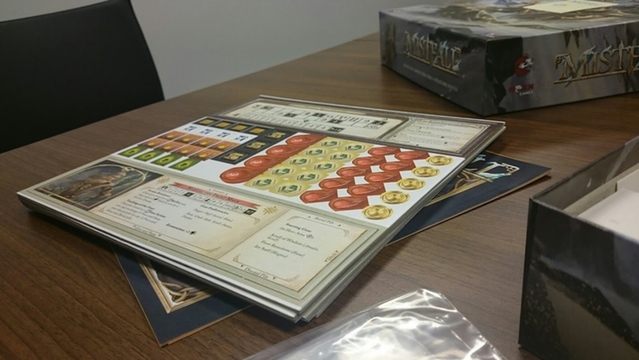Back when I was a gamer who had nothing to do with designing and publishing of board games, the last month before Essen would always be a bit of a sweet torture. I’d look at all the new and shiny boxes that I would still have to wait weeks to get my hands on. Now, things are obviously a bit different.
Would you like to read more? We're moving to the New NSKN Blog. You will find the rest of this article here. Oh, and do tell us what you think of our new blog!
__________________
FIND OUT MORE NSKN official website | Facebook | BGG
Follow us on Twitter: @NSKNGames








































